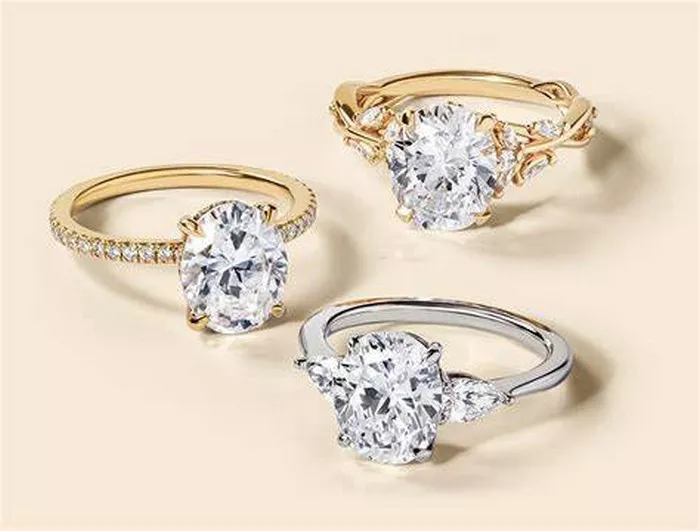In a striking counterpoint to fast-fashion jewelry, heirloom and vintage rings are experiencing a renaissance as consumers seek sustainable options with built-in history. Auction houses report a 65% increase in estate jewelry sales over the past three years, while nearly half of engaged couples now consider using family rings—whether as-is or redesigned—according to The Knot’s annual jewelry survey. This revival reflects growing appreciation for craftsmanship, uniqueness, and the romantic narratives that come with rings that have stood the test of time.
The appeal of heirloom jewelry is multifaceted. Environmentally conscious buyers appreciate that repurposing existing rings eliminates the need for new mining and production. “Knowing my ring didn’t contribute to any additional environmental damage made it extra special,” says environmental lawyer Rachel Nguyen, who wears her grandmother’s 1940s Art Deco engagement ring. Others are drawn to the superior craftsmanship of older pieces, particularly from eras like Victorian, Edwardian, or Mid-Century Modern, when jewelry was often entirely handmade with techniques rarely used today.
Sentimental value remains the most powerful driver. In an increasingly digital world, physical connections to family history carry new weight. Many millennials inheriting rings from grandparents see them as tangible links to relatives they may have only known through stories. Jewelers report surging demand for rings that incorporate elements from multiple generations—a great-grandmother’s diamond set in a contemporary band, or metal melted down from several family pieces to create something new yet rooted in heritage.
The vintage market has expanded beyond family heirlooms to include sought-after periods like the bold geometric designs of the 1920s, the sculptural Modernist pieces of the 1960s, or the chunky gold styles of the 1980s. Specialized dealers and online platforms have made these pieces more accessible than ever, with authentication services and detailed provenance research. Some vintage rings command premium prices due to their rarity—a single designer like Jean Schlumberger for Tiffany or Suzanne Belperron can fetch prices exceeding contemporary luxury brands at auction.
Jewelers have adapted services to meet this demand. Many now offer “heirloom reimagining” where old rings are dismantled and transformed into completely new designs while preserving their essence. Laser technology allows precise extraction of stones from outdated settings, and computer modeling helps visualize redesigns before any work begins. Some innovative services even create 3D scans of original rings to produce wearable replicas, allowing multiple family members to share the legacy.
Cultural shifts have removed previous stigmas around pre-owned rings. Where once some might have associated estate jewelry with divorce or death, modern buyers focus instead on renewal and continuity. Social media has played a role in this reframing, with hashtags like #heirloomring and #vintageengagement showcasing beautiful stories behind second-life rings. As consumers increasingly value sustainability and storytelling over shiny-new status symbols, the heirloom ring trend represents both a return to tradition and a progressive step toward more conscious consumption—proving that sometimes, the most meaningful rings come with history already woven into their metal.


